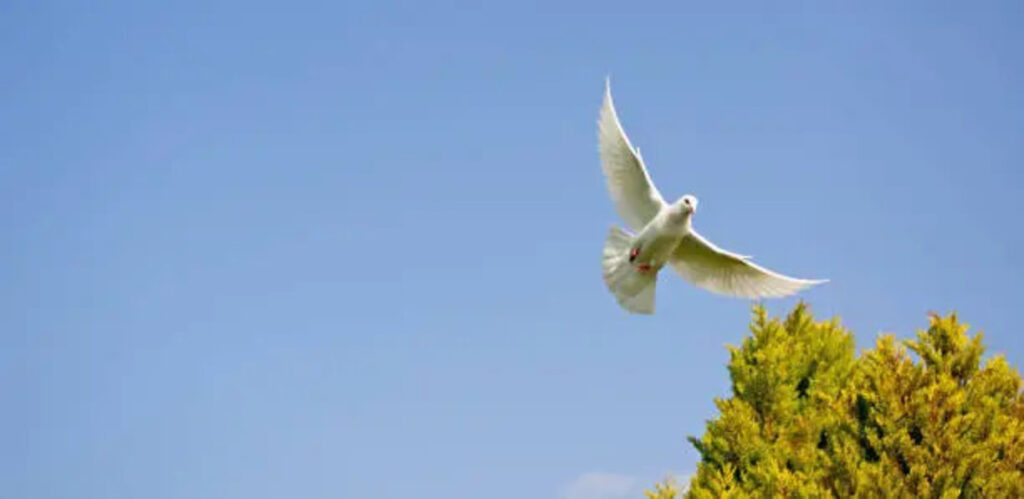The Season of Pentecost

Preparing for Summer
The summer brings back “ordinary” time in the flow of the church year. The last festival of Holy Trinity serves as a hinge-point between the sparkly season of Easter through Pentecost and an extended time of Sundays without festivals. However, this is not an idle time or a break from gospel celebration. Rather, the liturgical color turns to green as a sign of sprouting and growing faith in the resurrection life in Christ. Our paraments often include visual representations of growth such as vegetation, vines, or trees bearing fruit, just as that same growth and fruiting happens in the natural world of the northern hemisphere.
In our congregations, summer brings a change of pace in the life of the community. For some, this means a break from school and work or a slower pace of life. For others, summer brings intense seasonal work, tiring family obligations, or taxing travel itineraries. Often, this summer schedule shift results in more sporadic in-person worship attendance, which challenges the continuity of preaching on readings of the lectionary as we read nearly consecutively portioned gospel stories and epistles. While it is tempting to lament the changes in worship attendance over the summer, it also may provide opportunity for creativity. After all, isn’t this the way of “ordinary” life, wherein our expectations of routine and predictability are often thwarted by interruptions both welcome and unwelcome? Through it all, there is a common thread of life and growth in faith, and the ongoing story of God’s love for the world, no matter what changes and chances of life arise.
As we turn to a more continuous reading of the Gospel of Luke for this season, we pick up the narrative of Jesus’ life in mid-ministry at the height of his teaching, storytelling, and healing. There is a little bit of everything in mid-Luke, with some well-known passages to experience again: the sending out of the disciples, the parable of the good Samaritan, Jesus visiting Mary and Martha, and instruction on prayer. These snapshots of Jesus’ ministry highlight various facets of discipleship practice: welcome, hospitality, listening, praying, peacemaking, rejoicing, and more. We may look to the summer as a time to focus on a different discipleship practice each week.
The readings around Luke’s gospel provide some creative language for exploring the growth of faith in the ongoing story of God’s love for the world. As a reading of Colossians begins, we are reminded of the gospel bearing fruit and growing in the world through the lives of ordinary Christians (July 13). This language evokes rich imagery of sustenance, fruit, and everyday faith life. These sustaining images periodically resonate in the Hebrew Scripture readings throughout the summer as a stream or a mother’s breast (Isaiah 66:12, July 6); the fruits of body, livestock, and soil (Deuteronomy 30:9, July 13); a basket of fruit (Amos 8:1, July 13); sustaining food (Genesis 18:8, July 20); a vineyard (Isaiah 5:1, August 17); and the refreshment of parched places (Isaiah 58:11, August 24).
Alternatively, the evocative “great cloud of witnesses,” described in Hebrews (Hebrews 12:1, August 17), opens the possibility of highlighting the flawed and faithful individuals through whom God works throughout the Bible. In addition to the characters in the gospel readings from Luke, the Hebrew Scripture readings offer a unique set of characters in either the semicontinuous or complementary readings, such as Elijah, Abraham, Sarah, Naaman, and Jeremiah.
Ultimately, while one may imagine “ordinary” time as a season without distinction, there is great opportunity for exploration by attending to the details that provide foundation and structure to our lives of faith, which grow from the seed of resurrection promise in Christ. Every seed planted in faith offers the opportunity for expected and unexpected growth.
From sundaysandseasons.com.
Copyright © 2025 Augsburg Fortress. All rights reserved.

